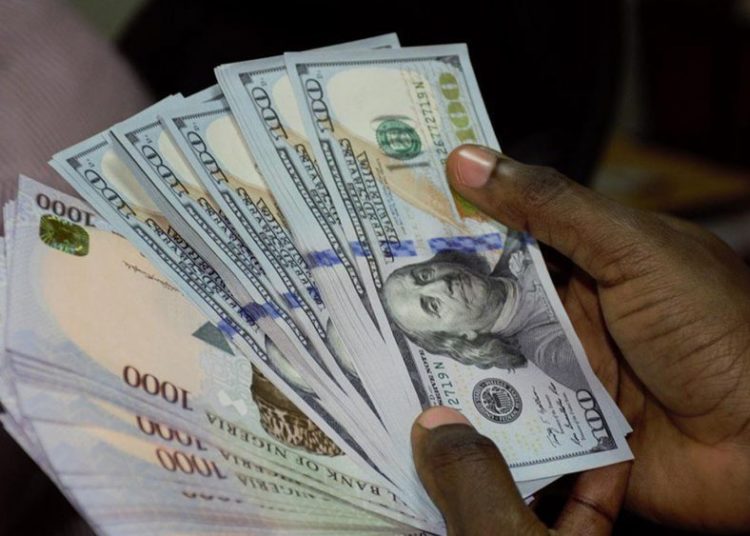The fear of dollar shortage has driven manufacturers and local investors to front-load their inventory requirements with panic buying as manufacturing activities slumped with weak supply chains and unavailability of raw materials.
The spike in dollar scarcity has created tensions, panic buying amongst local investors and manufacturers as this is expected to create supply side effects, inflationary pressures and the influx of substandard goods.
This was disclosed in the Financial Derivatives recently released by Economics Bulletin for Q2 2022.
The Nigerian economy has been expanding for seven straight quarters since the third quarter of 2020, when the covid-19-induced recession was first noted.
The Nigerian manufacturers lament difficulty in accessing dollars at official rates as central bank urges manufacturers to approach development financing institutions for loans.
Purchasing Managers Index also reports that one of the most efficient predictors of cyclical trends, has been oscillating in the last seven months. This raises questions as to whether manufacturers are optimistic about the future or they are hedging against a falling Naira.
The report stated that manufacturers have front-loaded their inventory needs out of concern of a dollar shortage, which has led to an appearance of economic growth in Nigeria.
“The fear of dollar scarcity means manufacturers will front load their inventory requirements, creating an illusion of expansion as against the real picture. This will manifest in a possible decline in purchases and ultimately slow GDP growth in the coming quarter,” the report said.
Despite the economy’s growth, there has been little progress in lowering unemployment. the report said: “while there is enough reason to cheer, it also calls for a moment of sober reflection. Of the 46 activities tracked by the NBS, only 33 per cent expanded compared to 54 per cent in Q1’22. Most of the sectors that slowed or contracted (manufacturing, agriculture, etc) are the major employers of labour. Hence, there will be a limited impact on unemployment, which is stubbornly high at 33 per cent.”
Manufacturers Association of Nigeria (MAN) had expressed concern over the difficulty in obtaining dollars at official Central Bank of Nigeria prices. This, they posited, has made importing raw materials and machinery for their operations more complicated and expensive.
Nigeria’s gross domestic product (GDP) grew by 3.54 per cent year-on-year in real terms in the second quarter of 2022, an improvement compared to the 3.11 per cent growth recorded in the previous quarter
The agricultural sector contributed 23.24 per cent of the total GDP, up from the 22.36 per cent seen in the previous quarter. Additionally, the industrial sector made up 19.4% of the GDP, while services made up 57.35%.
The Industrial sector declined by 2.3%, a further reduction when compared to the 6.81 per cent decline seen in the previous quarter, while the Agricultural sector grew by 1.2 per cent year-over-year, the Services sector expanded by 6.7 per cent, and the Industrial sector contracted by 1.2 per cent.
Despite the hues and cries about Nigeria being an import-dependent economy over the years, and importing goods worth over N20 trillion last year alone, economists say that Nigeria is importing too little compared to it’s African and Asian peers.
Financial Market analyst at Quantum Economics, Olumide Adesina said: “the major challenge is that the biggest economy in Africa lacks significant purchasing power for large imports and production potential to increase exports.
“Despite being the most populous country on the continent, Nigeria is not the biggest importer. More imports are consumed by South Africans and Egyptians than Nigerians, but neither nation describes itself as an import-dependent nation.
Adesina therefore, urged that a globalised economy must import in order to capitalise on the comparative advantages of various nations, and the false belief that its economy is import-dependent has had significant repercussions.





